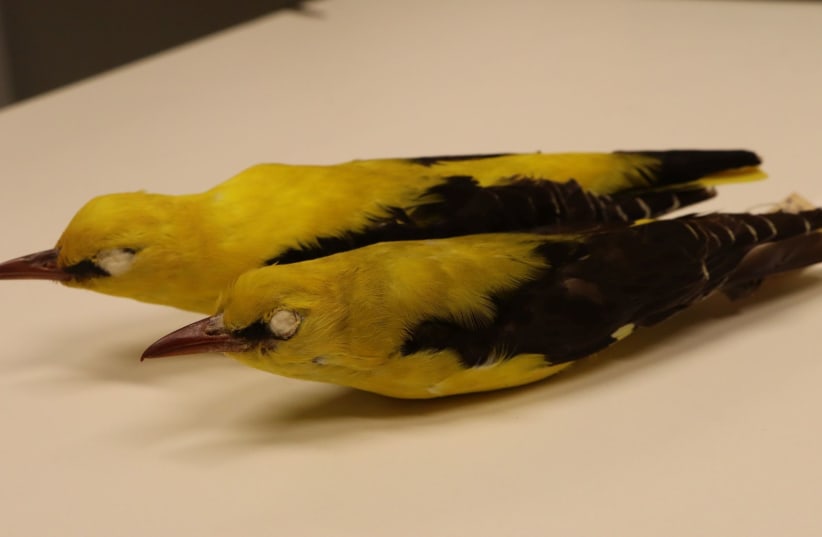A large study done last week on around 8,000 birds of 106 different species in Israel has found recent changes in the species' morphology between 1950 and 2020 that were caused likely by climate change and global warming, according to Tel Aviv University (TAU) researchers.
Led by Prof. Shai Meiri and PhD student Shahar Dubiner of the School of Zoology, Wise Faculty of Life Sciences and the Steinhardt Museum of Natural History at TAU, the study concluded that the biggest changes found in these birds include decreasing body masses in some, while others showed an increased body length - but their mass stayed the same. The findings, which were regardless of nutrition and in all kinds of species across Israel, were then published in the journal Global Ecology and Biogeography.
"These together represent more than half of the species examined, but there was practically no overlap between the two groups – almost none of the birds had become both lighter and longer," Dubiner added. The birds used for the study were preserved by the Steinhardt Museum of Natural History at TAU.
"We found that the bodies of more than half of the bird species adapted to changing conditions by becoming either longer or thinner, thereby facilitating heat loss," said the researchers in a statement, but also voiced concern that the flexibility of birds' morphology will not be able to adapt to rising temperatures.
The main difference between the two types of changes within the birds is that migrant birds were more likely to have changed their body length, while non-migratory birds were likelier to change their body mass.


"Such morphological changes over a few decades probably do not represent an evolutionary adaptation, but rather certain phenotypic flexibility exhibited by the birds," Dubiner said.
Prof. Meiri stated that she arrived at this conclusion by using Bergmann's rule, which states that animals from bird and mammal species in a cold climate will usually be larger than those of the same species that live in warmer climates. Scientists have predicted that climate change may cause a reduction in animal size due to this rule, but noted that the main exception would be birds growing in size due to increased food availability within human environments.
